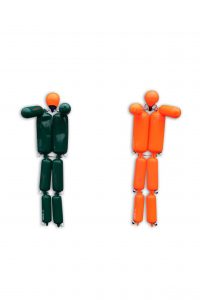water rescue

Are App-Based Alarms Reliable for Man-Overboard Rescue?
Fall overboard (FOB) occurrences are much more common than we would like to believe. A…

United States Coast Guard Issues Safety Alert Reassessing Man-Overboard Risks
On April 24th, The United States Coast Guard released a Safety Alert reassessing man-overboard risks…

Partnership That Saves Lives
Shane Smith, Founder of C-Hero, a manufacturer of life saving products contacted Emerald Marine Products…
OSCAR – Water Rescue Training Dummy in action
https://www.youtube.com/watch?v=JL-WsothXAc Recently Kenny Brown, Founder of Maritime Throwdown used OSCAR – Water Rescue Training Dummy…
OSCAR – Not just a Water Rescue Training Dummy
Thanks to the Schmale Lab at Virginia Tech sharing this video of our OSCAR -…

Good News about OSCAR!
Now available for special order is a high visibility Orange version of our popular OSCAR…

Instructors Agree on OSCAR Water-Rescue Training Dummy
Recovering someone who has fallen into the water is no easy task, especially if the…
